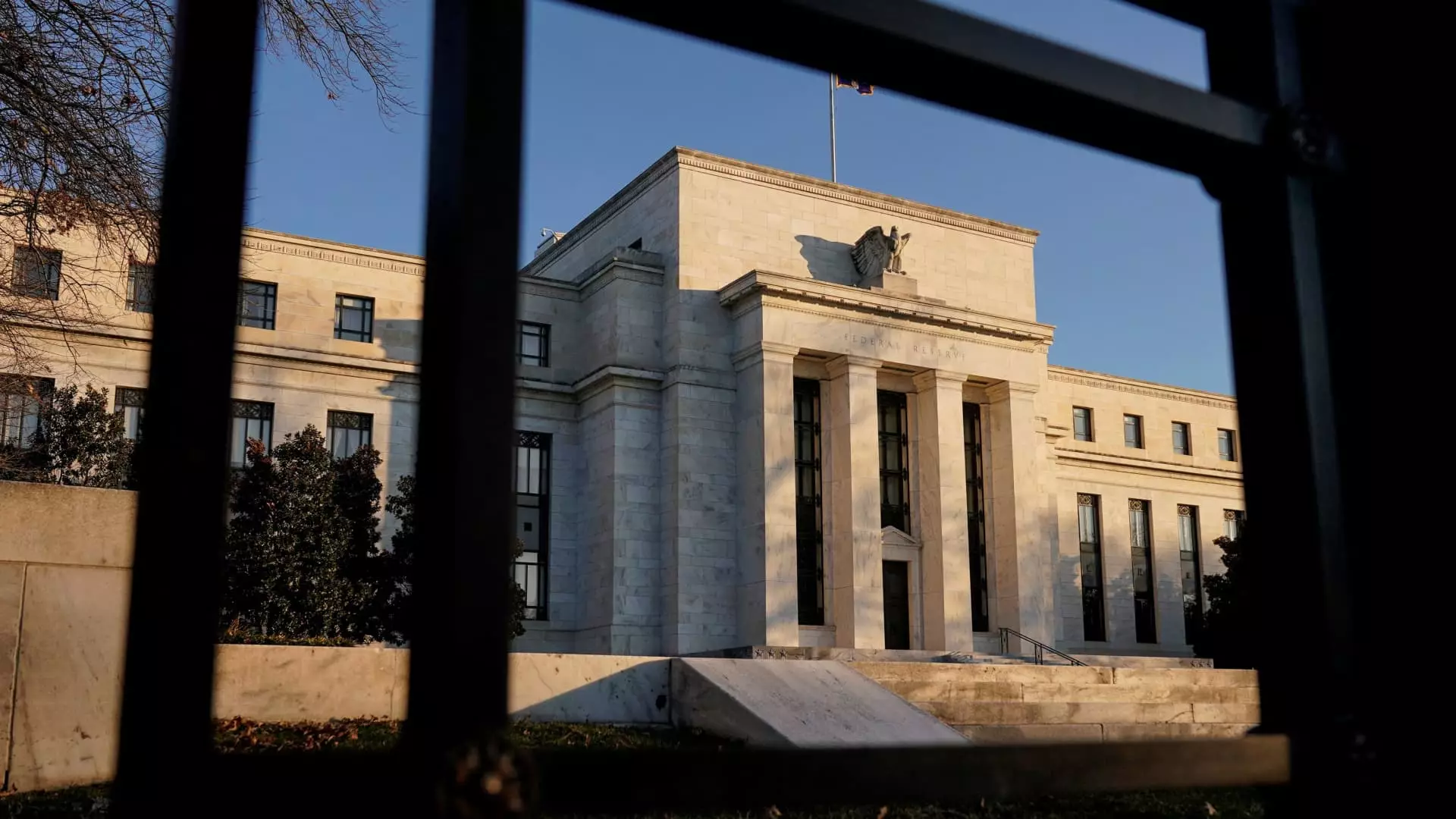The Federal Reserve’s recent proposal to relax standards for classifying banks as “well-managed” signals a significant shift in regulatory philosophy. Traditionally, the designation of a well-managed bank hinges on strict ratings across critical areas such as capital adequacy, liquidity robustness, and governance integrity. Any deficiencies in these areas have historically barred banks from achieving this status, thereby limiting their operational flexibility and, ostensibly, safeguarding financial stability. However, the Fed’s new proposal suggests a more lenient approach—allowing institutions with a single “deficient” rating to still be considered well-managed. This change implies a move toward recognizing the broader context of a bank’s health rather than adhering to rigid, perhaps overly punitive, criteria.
The rationale offered by Fed Vice Chair Michelle Bowman emphasizes pragmatism: aligning the management standard more closely with an institution’s overall condition. This signals a philosophical pivot—prioritizing a comprehensive view of bank health over isolated ratings. While this may foster a more flexible regulatory environment and support institutions in navigating complex financial landscapes, it also raises profound questions about the stability of the system. Does loosening standards inadvertently create gaps in oversight, or does it reflect an intelligent recalibration of risk assessment?
Opposition and Concerns: Guardrails or Gateways to Risk?
The opposition is swift and articulate. Michael Barr, Bowman’s predecessor, underscores the potential perils of the proposal. He foresees a weakening of foundational safeguards, arguing that redefining what it means to be “well-managed” could allow riskier banks to operate with a veneer of competence. His concern hinges on the notion that a more permissive standard can breed complacency among regulators and institutions alike, ultimately exposing the financial system to unnecessary vulnerabilities.
Adding a layer of cautious skepticism, Governor Adriana Kugler warns against moving too far in the opposite direction. While she acknowledges existing issues with the current framework, she emphasizes the importance of safeguarding mechanisms designed to preempt systemic crises. Her remarks suggest that while reform is necessary, it should not come at the expense of core safety principles. The debate reveals a fundamental tension: how to strike a balance between necessary flexibility and essential vigilance.
Broader Implications: Navigating the Future of Financial Oversight
This regulatory shift occurs in a contentious political and economic climate. Just weeks prior, the Fed introduced new capital rules for major banks—also met with resistance from the same critics. Critics argue that such changes collectively erode the hard-won safeguards that prevent banking crises, especially after the tumultuous recovery from events like the 2008 financial collapse.
On one hand, this move could be interpreted as the Fed acknowledging that the old, rigid standards no longer reflect the complex realities of modern banking. It could foster innovation and operational agility among large financial institutions, potentially making them more resilient and adaptive. On the other hand, opponents contend that such flexibility may be a deliberate retreat from prudence, opening the door to excessive risk-taking. If these regulatory adjustments weaken the barriers that traditionally contained systemic risks, the long-term consequences could be dire.
In my view, the Fed’s decision exemplifies an unsettling trend: a willingness to gamble on the resilience of the financial system while diluting the rigorous oversight that has historically maintained stability. The challenge lies in implementing reforms that recognize evolving market complexities without sacrificing essential safeguards. Unfortunately, history suggests that reducing oversight often results in unforeseen vulnerabilities, which can trigger crises far worse than the ones these reforms aim to mitigate. The real question remains: can the balance be struck, or are these moves simply steps down a perilous path toward complacency?

